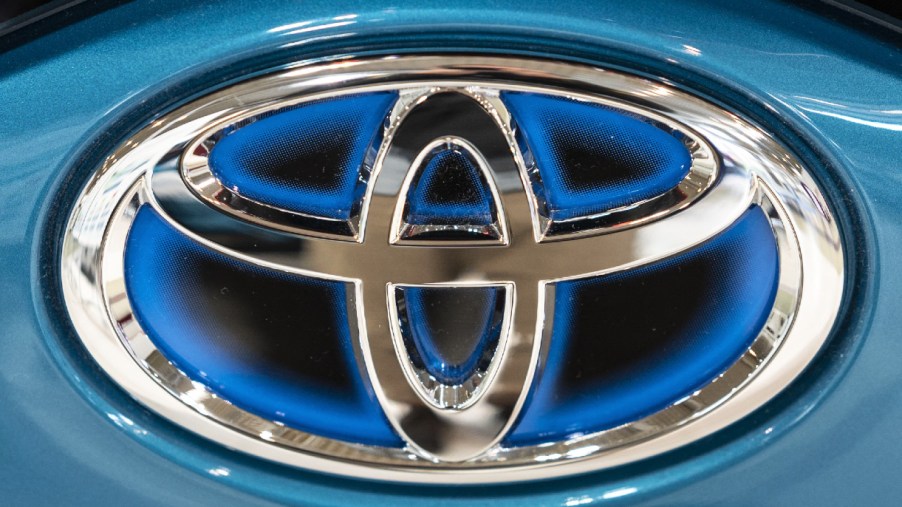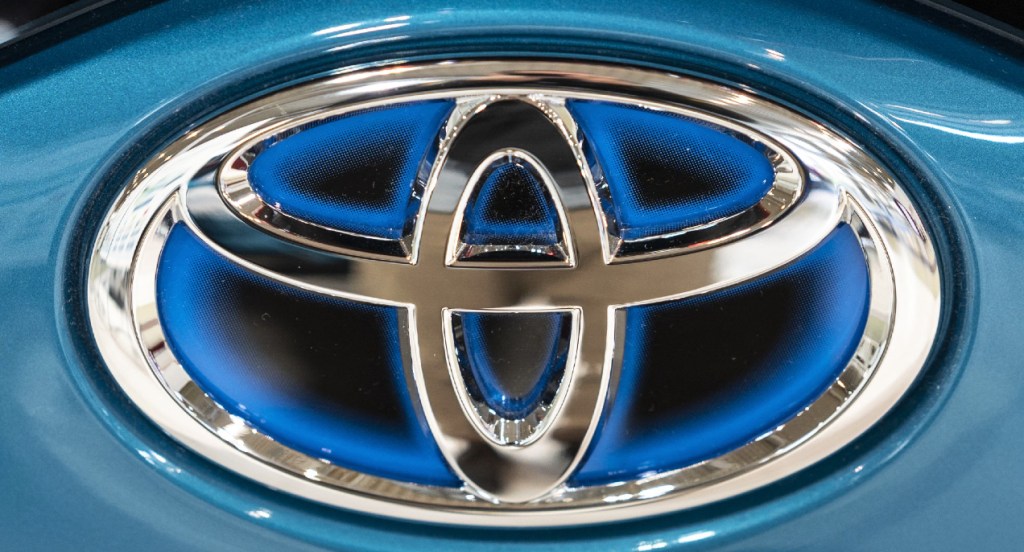
The First Toyota Electric SUV Was a Total Failure: Lessons Learned
Failures often teach some of life’s greatest lessons. When it comes to the production of electric vehicles, even Toyota has experienced failure. Toyota may be a pioneer in hybrid tech, but electric vehicle technology is still groundbreaking for many automakers. Few brands will get it right the first time. The first Toyota electric SUV failed quickly and epicly.
The first Toyota electric SUV was a crash course in EV production
Many assume that the upcoming 2023 Toyota bZ4X is the automaker’s first electric SUV The Japanese automaker actually produced another electric SUV about a decade ago Turns out that Toyota isn’t late to the game. The brand just needed time to strategize after the catastrophe that was the RAV4 EV.
Yup, you read that right. There was a RAV4 E . America’s most popular small SUV model was once electrifie . There are several good reasons why the nameplate now only offers gas and hybrid options.
Did Toyota team up with Tesla?

If the existence of a electric RAV4 isn’t strange enough for you, don’t fret. The story behind the creation of Toyota’s first electric SUV is even stranger. Partnerships between automakers aren’t uncommon today, especi lly when it comes to the production of e ectric vehicles. Honda has teamed up with General Motors. Toyota is currently teaming up with Subaru to produce the bZ4X platform.
Toyota’s partnership with Tesla i odd because Tesla has had such a rocky climb to success. The timing is even stranger because a decade ago, Tesl certainly wasn’t producing affordable electric vehicles. The two companies joined forces to create a RAV4 that utilized a Tesla electric battery system.
The problem with the RAV4 EV was, like many early EVs (cough co gh, the Honda Clarity EV), Toyota’s EV was under helming. The RAV4 EV has a measly 103-mile battery range. The year 2012 seems like eons ago (thanks pandemic), but 103 m les of range still wasn t practical for an EV back then. It certainly isn’t now. The Mazda MX-30’s less than stellar sales prove that low driving ranges just won’t fly with consumer .
The RAV4 EV was only in production from 2012 to 2014. Its poor ales caused Toyota to discontinue the electric vehicle. Ford has replicated the same fo mula by electrifying two of its most popular nameplates. The reason why Ford has been successful in electrifying existing nameplates is that these models have practical driving ranges, along with appealing features of their own.
The first Toyota electric SUV paved the way for the Toyota bZ4X
Toyota’s first electric SUV model may have flopped, but that doesn’t mean the automaker doesn’t have a strong foothold in the electric future. Models like the Ford Mustang Mach-E and Volkswagen ID.4 may have arrived efore the Toyota bZ4X, but Toyota is in it to win it.
The bZ4X is very different from the RAV4 EV. It has a practical driving range, and its battery was designed specificall to deal with problems that EVs struggle with today, such as temperature-related battery degradation. Toyota’s first electric SUV model was a failure, but its next electric SUV has the potential to dominate the market thanks to practicality and affordability. According to Inverse, consumers should expect the bZ4X in mid-2022.



